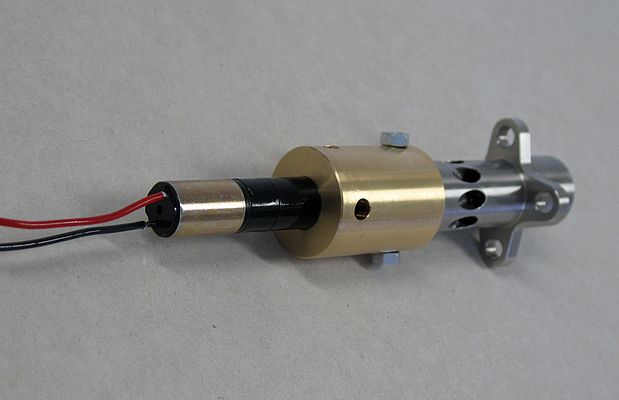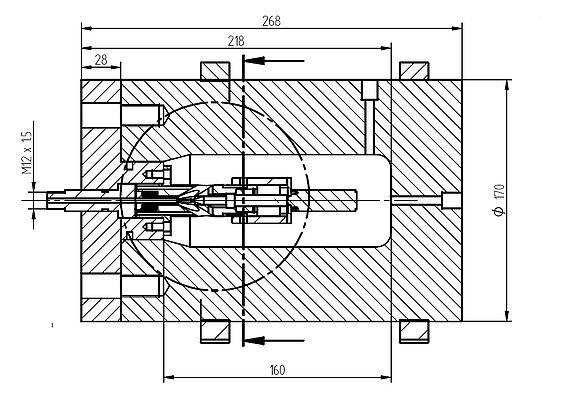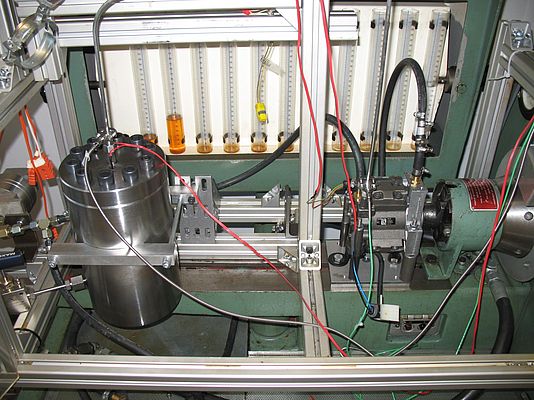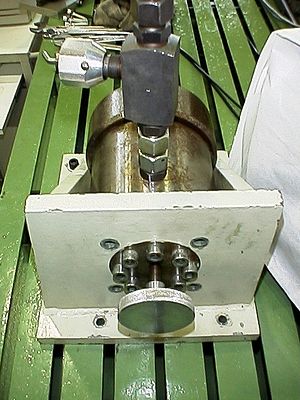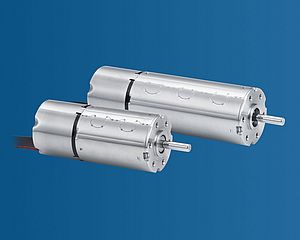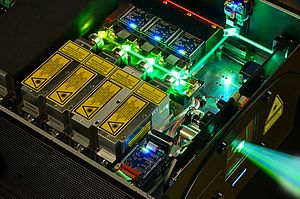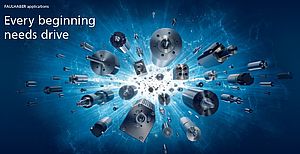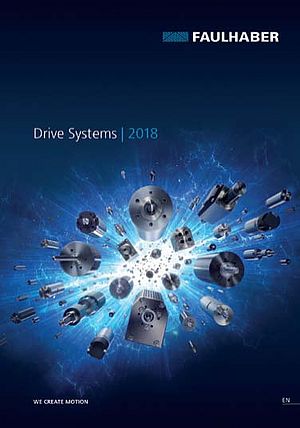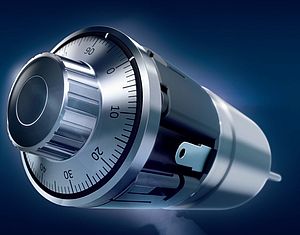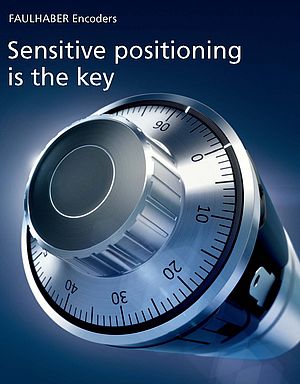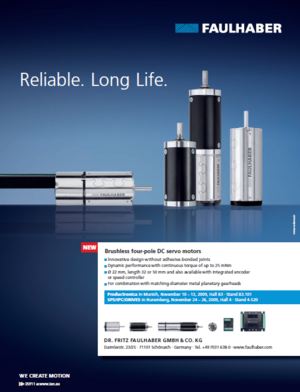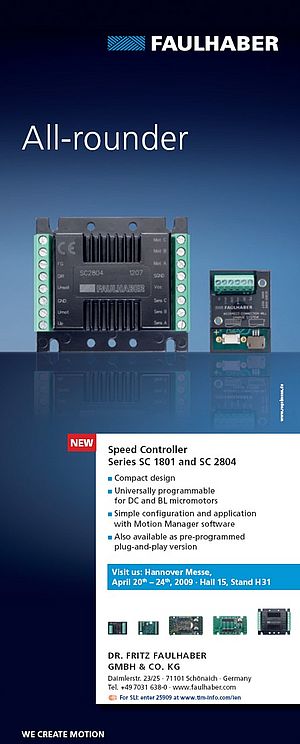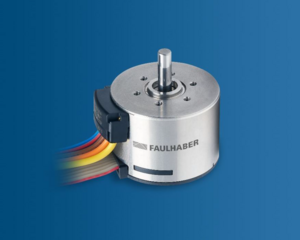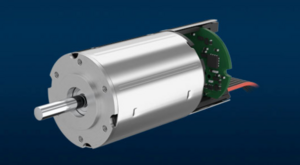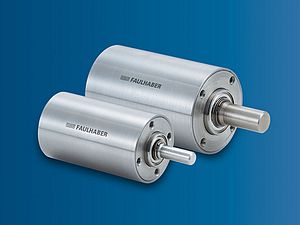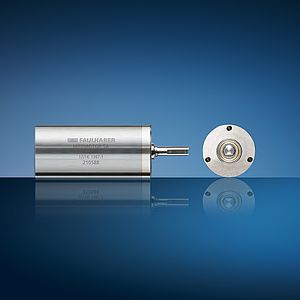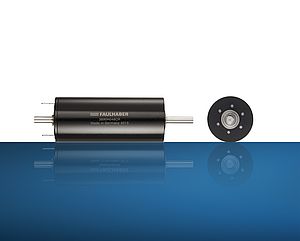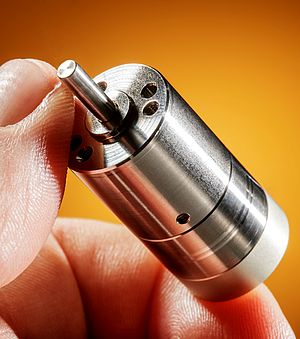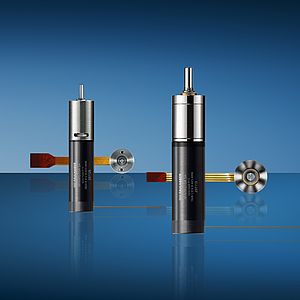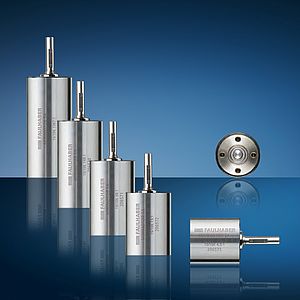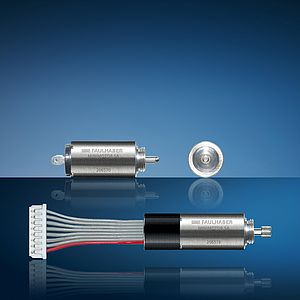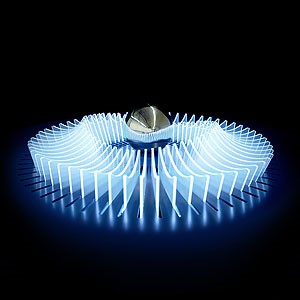Pressure pulsations in hydraulic systems generate disturbing noise. At the same time, body and fluid borne sound can place the hydraulic system under load. The main causes of it are hydraulic (positive displacement) pumps. As a result, fuel injection pumps in motor vehicles, for example, must be tested for smooth running in the relevant system.
In the course of the necessary steep pressure rise to as high as 2000 bar, the pressure pulsations proliferate and may be reflected at line ends. Such reflections disturb precise measurement of the actual pump pulsation. A hydraulic damping resistor powered by a miniature drive prevents such reflections, so enabling accurate test rig measurements.
With regard to fuel injection systems in diesel vehicles especially, great value is placed on maximum smoothness and reliability. Computer simulations and test rig measurements are the method of choice in achieving this. In order to obtain exact measurements and prevent pressure reflections, the FLUIDON fluid technology corporation based in Aachen, Western Germany, has developed a hydraulic damping resistor as a line terminator. Since modern-day systems work with pressures up to 2000 bar, it cannot be adjusted from the outside. So working in conjunction with Faulhaber, an internal adjustment kinematics system was devised featuring a miniature drive.
Damping essential
The Aachen-based corporation specializes in computer simulation of hydraulic systems of all kinds. Since a simulation can only be as good as the data on which it is based, the software developers also operate a basic research lab. However, disturbing reflections in their test rig setups impede or prevent precise evaluation of the desired parameters, such as of fuel injection pumps. Now they have devised a method to minimize the disturbing reflections of the measured pressure waves. Similarly to surge impedance in electrical systems, a precisely set „terminating resistor“ can prevent reflections.
In practice, this is made possible by a „simple“ trick: The low-reflection line terminator consists of an adjustable screen with a downstream compensating volume. When properly set, the adjustable screen generates precisely the value of the wave resistance of the upstream pressure line. In order to generate a working pressure for the hydraulic pump, the compensating volume is connected via an adjustable restrictor to the oil return line. So the pump in the test rig realistically works against oil pressures as high as 2000 bar, similar to real operation with injectors. Consequently, the data obtained in this way reflects actual everyday operation and so ensures the simulation software is founded on a sound basis.
Devil in the detail
As the adjustable screen is located in the compensating volume, it is also subject to the high working pressures. An initial prototype with manual adjustment of the screen geometry revealed the mechanical execution as the weak point. Easy infinite adjustment and a truly leak-tight spindle rod proved practically unfeasible. So the test rig experts opted for „internal adjustment“ by means of electric motor. The static sealing of the two power cables necessary for this, by way of an insulated, self-sealing conical joint, is no problem.
The drive they chose was a 15 mm brush motor from the Faulhaber product range. The system is adapted manually to the relevant test rig setup. So the 24V motor‘s speed can be precision-regulated by way of a simple PWM controller. Since the exact driving force and the necessary resolution and adjustment speed were initially unknown, the developers tried out several different planetary gearheads from the closely graduated range of available gearing for the motor. The optimum motor speed reduction ratio was then found to be 369:1. Both the motor and the gearhead work without problem under the full operating pressure of the hydraulics. The standard products were slightly modified for this application: Because a hydraulic system has to be vented, both the motor and the gearing were provided with small vent holes. This enables the air to escape more easily, and during operation there is a minimal flow of diesel or diesel substitute fluid through the components. The current transfer via a standard brush and collector and the insulation of the coil exhibit no impairment whatever, even under high pressures. Based on the good experience gained, a second system for high-viscosity fluids was constructed. This application called for rather larger drives, as the viscosity has a direct influence on the necessary positioning forces, for example due to the friction losses on the rotating armature.
State-of-the-art off-the-rack miniature drives are often much more capable than developers and users think. So it is well worthwhile finding out the true limits of the miniature devices, especially for primarily exotic application conditions.
Often minimal modifications are enough to ensure adequacy to a specific application. If the drive specialist is consulted at an early stage of the development process, low-cost, compact drive solutions are often possible.


